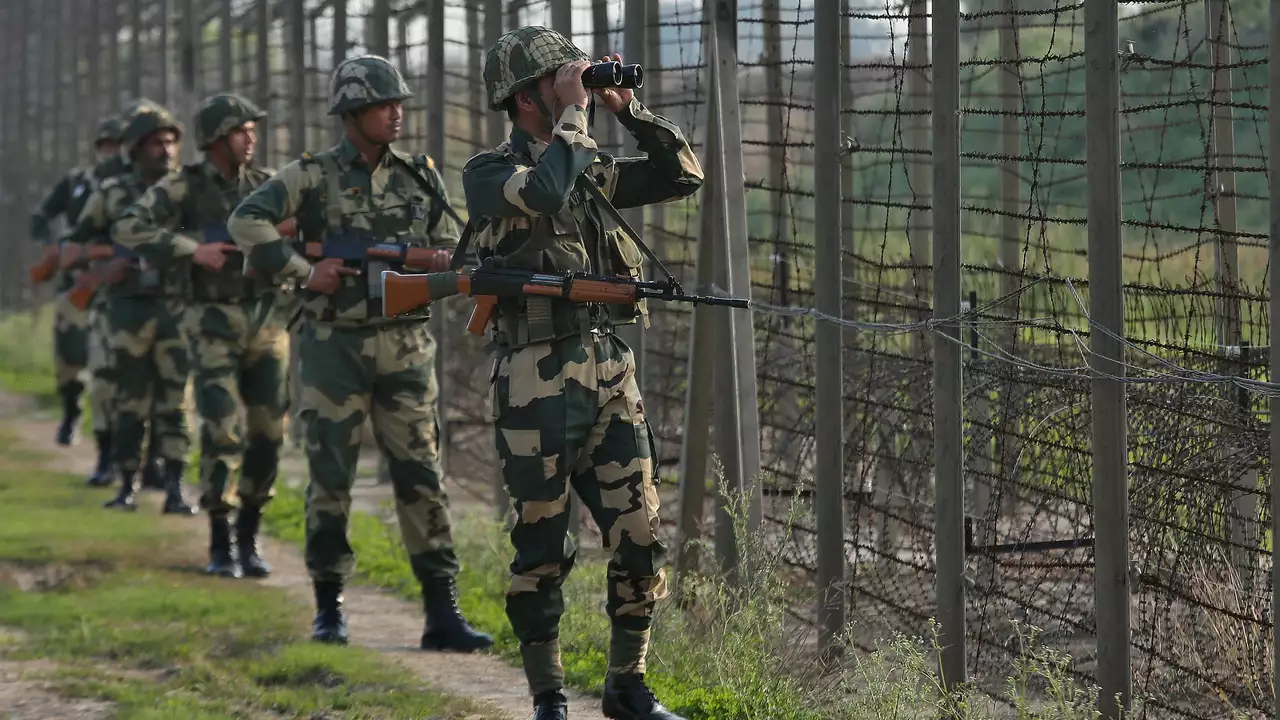Understanding the Need for Border Security
The first thing we need to understand when discussing border fences is why they are so crucial. India has a vast and diverse geographical landscape, stretching from the snow-clad mountains in the north to the vast coastal regions in the south. The country shares its borders with seven nations, each with its own set of challenges. Border security is essential to safeguard national sovereignty, prevent illegal immigration, stop smuggling of goods, and deter any potential threats. It's not just about keeping people out; it's also about maintaining peace and order within the country.
The Current State of India's Border Fences
As of now, India's border fences are far from perfect. There are gaps, some of them quite significant, that can be exploited. This is partly due to the challenging terrain that makes it difficult to construct fences and partly due to bureaucratic and diplomatic hurdles. But these gaps pose a serious security threat. They are often used by smugglers, illegal immigrants, and even terrorists to infiltrate the country. These gaps also lead to border disputes with neighboring countries, disrupting peace and harmony.
The Government's Promise to Cover All Gaps by 2022
In light of these challenges, the Indian government has made a bold promise: all gaps in the border fences will be covered by 2022. This is a massive undertaking, given the scale and complexity of the task at hand. However, the government is confident that with proper planning, sufficient resources, and the use of modern technology, this goal can be achieved. The promise is not just about building fences; it's about strengthening India's border security system as a whole.
Challenges in Achieving the Target
While the government's promise is commendable, there are many obstacles on the path to achieving it. The harsh and diverse geographical conditions, from freezing mountainous regions to dense forests and rivers, pose a significant challenge. Moreover, diplomatic issues with neighboring countries often delay the fence construction process. There are also logistical challenges, like transporting materials and manpower to remote and difficult-to-access locations. Lastly, there is the enormous cost of the project, which has to be managed within the country's budget constraints.
The Role of Technology in Border Security
One of the ways the government plans to overcome these challenges is through the use of technology. Advanced surveillance systems, like drones and thermal imaging cameras, are being deployed to monitor the borders continuously. Satellite imagery is being used to identify gaps in the fences and plan the construction process. High-tech materials are being used to build robust and effective fences. Technology is not just aiding in the construction of fences; it's revolutionizing the way border security is managed.
What the Future Holds for India's Border Security
If the government is successful in fulfilling its promise, the future of India's border security looks promising. A secure border will not only deter illegal activities but also foster better relations with neighboring countries. It will create a more stable environment for the country's growth and development. However, the task is a herculean one, and only time will tell if the promise can be fulfilled. But one thing is certain: the journey towards securing all of India's border fences by 2022 is a step in the right direction.
